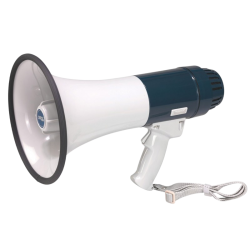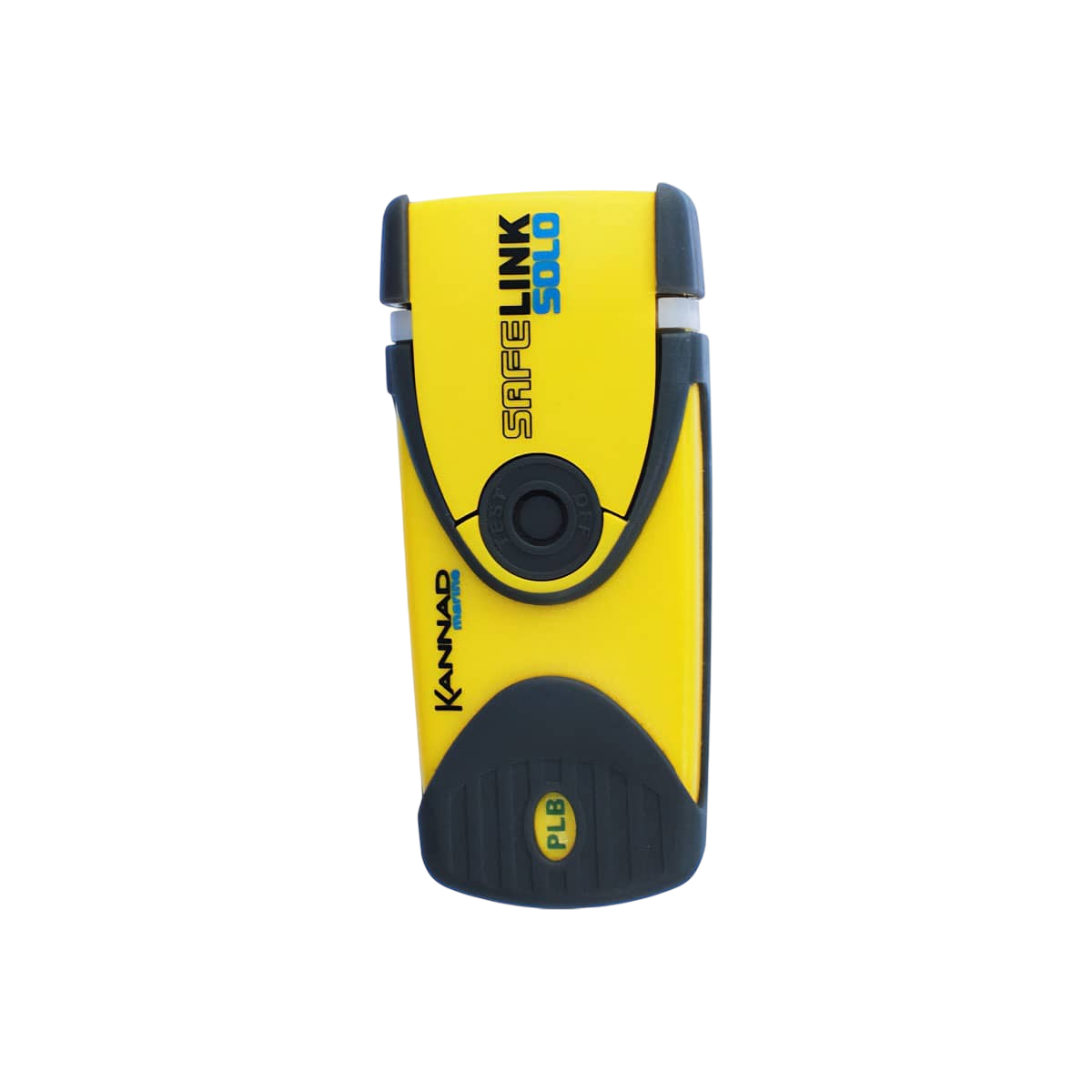- -€32.58
The SAFELINK SOLO can be used at sea, but also when hiking, trekking, etc... Once you have indicated your departure and destination on the dedicated website, the SAFELINK SOLO will transmit your personal identifier and GNSS position (GPS+Galileo) to the Cospas-Sarsat global distress system.
In the event of a problem, rescuers will be regularly informed of your position and will be able to pinpoint your exact location.
Read more FeaturesData sheet
- Product type
- Emergency beacon
- Function tag
- Cospas-Sarsat compatible (406Mhz), Radiolocation of rescue vessels (121.50Mhz)
- Battery life
- 5 years
- Geolocation
- GNSS (72 channels)
- Trigger
- Manuel
- Category
- Multi-purpose PLB beacon
- MMSI coding
- User registration at https://registre406.cnes.fr (France)
KANNAD - SAFELINK SOLO - MARINE AND LAND BEACON
The SafeLink SOLO is particularly useful for navigation and water sports enthusiasts, as it is waterproof to 10 m and floats when used in its floating pouch. It also comes with a safety lanyard for wearing on the wrist and a universal pouch for attaching to a belt or clip.
⚠️Toutes personal beacons must be registered with the French Beacon Registry. The user file must be modified whenever the owner's details change. We strongly recommend that you regularly update the register when you change boat or destination.
|
|
QUICK AND EASY TO USEThe PLB SafeLink SOLO transmits an emergency signal via the 406 MHz distress frequency. This frequency is managed by the COSPAS-SARSAT satellite system worldwide. This system alerts international search and rescue services to the distress situation and the identity of the PLB user. In addition, the integrated 50-channel GPS provides search and rescue services with precise location coordinates, updated every 20 minutes. The PLB SafeLink SOLO also transmits on the 121.5 MHz homing radio frequency to guide search and rescue services on final approach. Whatever your water sport or hobby, don 't forget your personal SafeLink SOLO distress beacon. The PLB SafeLink SOLO puts you in contact with search and rescue services at any time, anywhere in the world, thanks to the international 406 MHz satellite system. Once activated, the PLB SafeLink SOLO will transmit continuously for at least 24 hours, and will operate in temperatures down to -20°C. It is also equipped with an LED SOS flash that the user can activate to facilitate night rescue operations. |
SENDING A DISTRESS CALL1. A distress signal is sent from an aircraft, ship or person. 2. The beacon's position/location data is relayed via satellite communications to ground stations or Local User Terminals (LUTs) 3. The LUT calculates the position before sending alerts to the appropriate mission control centers (MCC). 4. Mission control collects, stores and sorts data received from LUTs and other MCCs, and distributes alerts to rescue coordination centers. 5. The rescue coordination center notifies and coordinates the emergency/rescue response teams. |
 |
 |
SAFELINK SOLO KANNAD FEATURES
|
KEY FEATURES
|
CONTENTS OF BOX :
|
Accessories
Customer Reviews (1)
Questions / Answers



